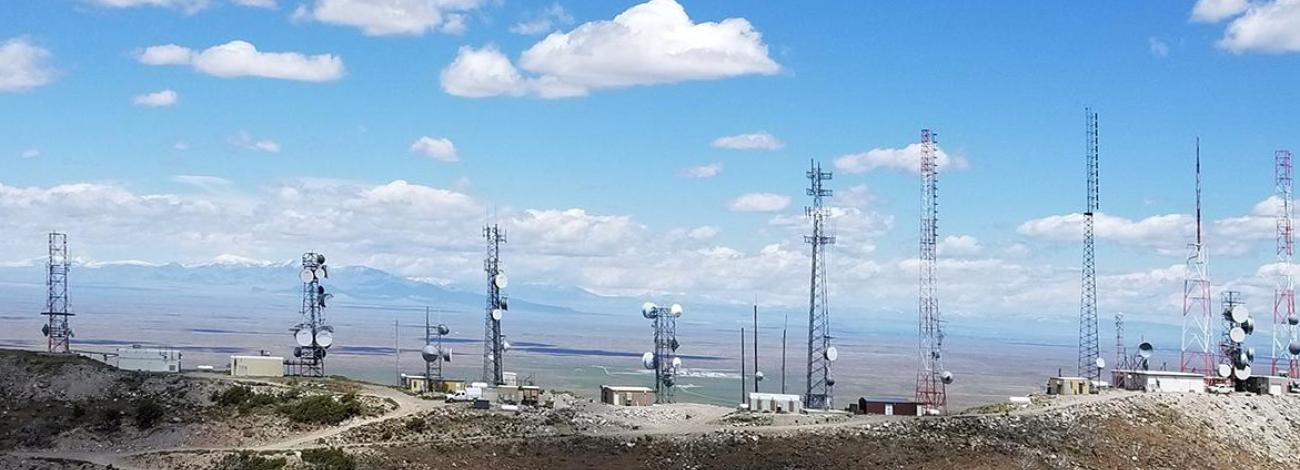
Broadband Rule
In an increasingly digital world, broadband communications are as essential as roads, bridges, powerlines, and water and sewer systems. As the nation’s largest land manager, BLM plays a major role in connecting communities to the internet in the western United States. In support of access to reliable high-speed internet service for every American, the BLM has updated its regulations for developing and operating broadband infrastructure on public lands.
The final rule on Broadband Authorization, Cost Recovery, and Vegetation Management for Fire Risk Management brings several key updates, to include:
- Providing consistency in BLM’s review of applications to locate communications facilities on Federal land, allowing project applications to be submitted electronically, and committing the agency to making a decision on applications within 270 days.
- Addressing the risks of wildfire to and from powerlines on BLM-managed public lands. Hazard trees and other vegetation near transmission and distribution lines can be ignition points for fires or become fuel for fires that start elsewhere. Clarifying requirements for vegetation management will enhance public safety while helping protect investments in infrastructure and resources on public lands.
- Updating BLM’s cost recovery fee schedule for authorizing broadband projects, which will help ensure the BLM is fairly compensated for its work.
View the final rule in the Federal Register.
The BLM makes public lands available for siting broadband tower infrastructure through right-of-way (ROW) authorizations. We also manage ROWs for 5,000 miles of energy corridors that are compatible with fiber optic and telephone lines.
